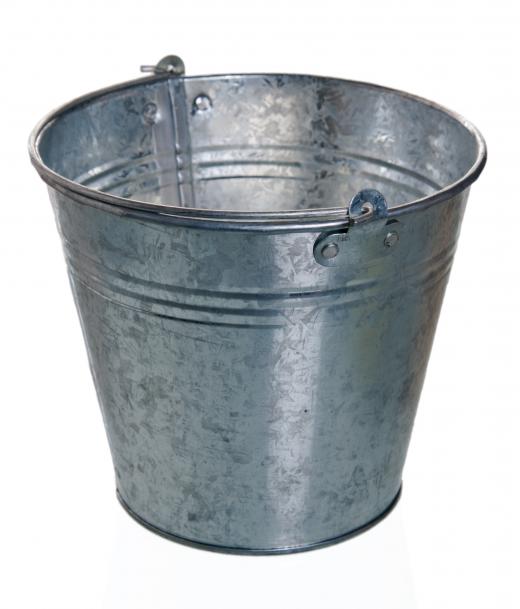Steel is an alloy produced by the addition of several alloying elements to molten iron. This is usually achieved using one of two processes, namely basic oxygen steelmaking (BOS) or electric arc furnace (EAF) processes. The BOS process is typically used to produce steel from carbon-rich pig iron, while the EAF process is predominantly used to process steel from scrap metal. The next step in any typical steel production line is the intermediate forming process, during which the molten steel is formed into intermediate products such as sheets, ingots, and bars. This step speeds up the final process of producing steel end products by turning the steel into stock products of sizes and shapes that facilitate easy final forming.
The various grades of steel in common use represent one of the most commonly-used material families in the world. These products are made by adding alloying elements such as carbon, chromium, and vanadium to molten iron. The alloying of raw iron is typically the first step in any steel production line and carried out using either BOS or EAF processes. The BOS process involves melting pig iron, a carbon-rich form of partially-processed iron ore, in a refractory vessel lined with basic materials such as calcium and magnesium oxides. During the process, oxygen is blown through the molten metal, lowering the carbon content to produce low-carbon steel.

The EAF process is primarily used in a steel production line to produce steel from scrap metal and utilizes heat generated by an high-current electric arc which passes between electrodes placed in the furnace hearth along with a charge of scrap. When the charge has melted, slag formers are introduced that separate impurities from the molten metal. These elements are the same basics as those used to line the BOS refractory vessel, namely calcium and magnesium oxide. Additional alloying elements such as vanadium, chromium, and tungsten are also added to the molten charge during this step in the steel production line. When the steel chemistry is correct, the molten material is tapped off to form ingots and intermediate stock products.

The production of intermediate stocks is generally the last step in any primary steel production line. Here, the steel is formed into a variety of products such as bars, sheets, and ingots, which are sized and shaped to speed up the manufacture of specific end products. This step ensures that a minimum of forming is required when final products are rolled, extruded, or forged.
